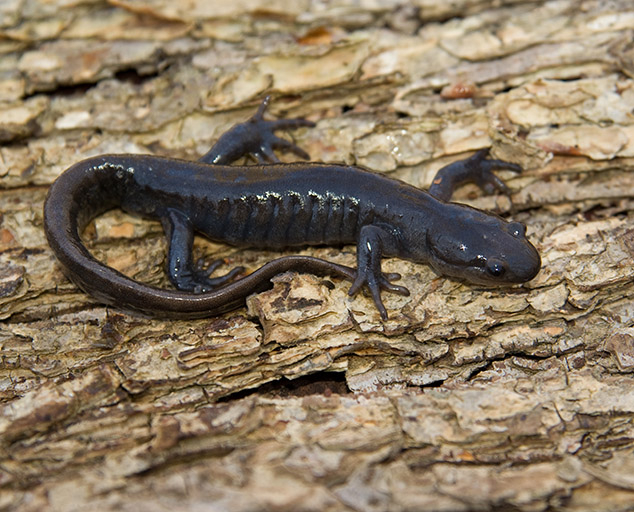
An American red squirrel. Credit: Gettyimages/iStockphoto
Let’s talk about tree squirrels. More precisely, their habitats.
Tree squirrels are widely distributed across the globe and like to live in wooded areas. As their name suggests, tree squirrels are dependent on trees for food and habitat, often making a leaf nest or living in cavities of trees.
One of the biggest problems tree squirrels face is habitat fragmentation. Habitat fragmentation happens when a habitat gets broken up into smaller disconnected pieces. Sometimes this happens naturally but is usually caused by human activity. Fragmentation can cut individuals or population off from resources in their habitat, and from other organisms, even when quality habitat is available (North Carolina Wildlife Resources Commission).

Photo by Georg Gerster
Here’s an example. You’re a squirrel living in the southern part of a forest, and you often go to the northern part of the forest to because there is more available food and available mates. Some roads and houses get built that block off your access to the other parts of the forest. Now you no longer have access to that source of food and mates. What do you do? Stay where you are, or try to move? Trying to cross a road may be the last time you do it, so choose carefully.
One of the largest problems associated with habitat fragmentation is a loss of genetic diversity. Let’s look at a study done on red squirrels. Loss of genetic diversity can reduce the chances of survival for isolated populations and influence population dynamics (Wauters, 1994). Maintaining genetic diversity is difficult for isolated populations; genetic diversity is still lost when at least one individual joins an isolated population every year (Wauters). However, measuring immigration rate is not always easy. It can be difficult to distinguish between residents and immigrants, and the immigration rate is responsible for genetic diversity in isolated populations, not population size (Wauters).
Squirrels have a very important role in their habitats. They have a habit of taking seeds, burying them, and forgetting where they are. By inadvertently planting seeds, over time squirrels can expand a forest and change the plant composition (Grenrock, 2018). Fragmentation is not just bad for animal populations, but it can affect plant communities over time as well without that method of dispersal.
References
“Fox Squirrel – Ncwildlife.org.” Fox Squirrel, North Carolina Wildlife Resources Commission ,2017.
Grenrock, Samantha. “Why Should You Love Squirrels? Here Are Six Reasons.” University of Florida News , 17 Jan. 2018.
Wauters, Luc A., et al. “The Effects of Habitat Fragmentation on Demography and on the Loss of Genetic Variation in the Red Squirrel.” Proceedings of the Royal Society of London. Series B: Biological Sciences, 22 Feb. 1994.
Image 2 Credit: Georg Gerster Aerial Photography http://www.georggerster.com/en/aerial-photography-worldwide














 Gackenbach 2022
Gackenbach 2022


